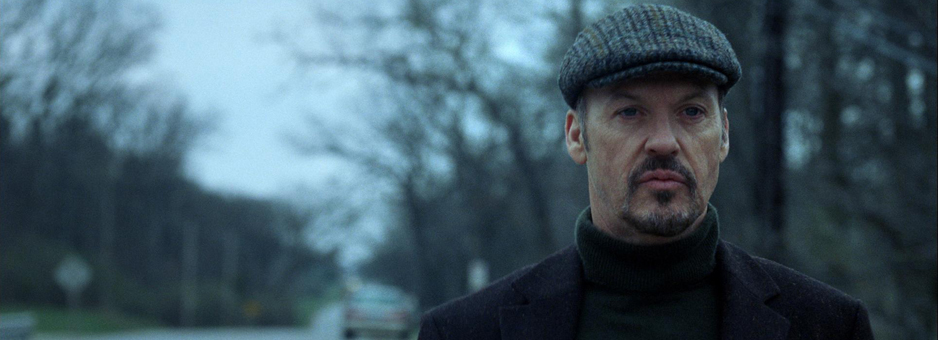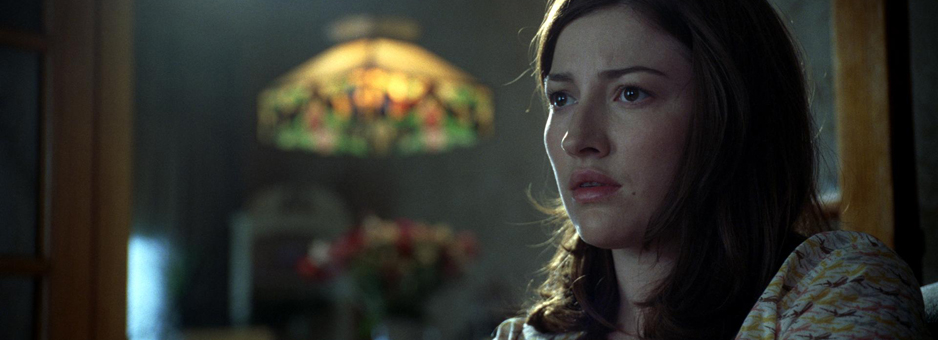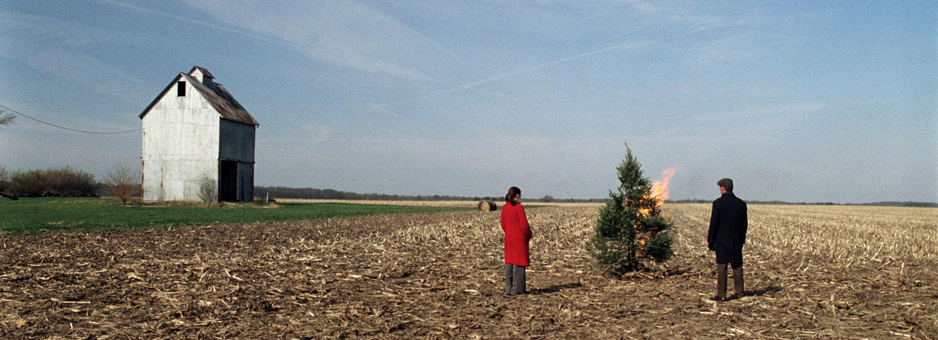- Panzehir
- Double Xposure
- Ram-Leela
- Ilo Ilo
- Elysium
- Welcome to the Punch
- Pacific Rim
- Bad Parents
- Archive




Nolo Digital Film Brings DI Colour Grading to Chicago
Post House Graded Sundance and SXSW Films "The Merry Gentleman", "Half-Life" and "At the Death House Door"
When Nolo Digital Film opened last year, it had a clear mission. It planned to offer colour grading for commercials and DI grading for features, both via FilmLight's Baselight. With its large community of advertising agencies, Chicago has long been a hot bed for commercial work, but feature production in the city was in much more of an embryonic state. Still, Nolo's founders, colourist Michael Matusek, engineer Boris Seagraves and producer Joe Flanagan, were convinced that they had the talent and, armed with the city's first DI grading theatre, the resources to not only corner the local film market, but also to draw projects from around the United States.
The trio proved themselves right—faster than any of them could have predicted.
Nolo had barely switched on the "open" sign when it landed three feature assignments. They included The Merry Gentleman, a drama that was produced in Chicago and marked the directorial debut of actor Michael Keaton, Half-Life, also a drama but with a decidedly avant garde bent from first-time writer-director Jennifer Phang, and At the Death House Door, a documentary from Peter Gilbert and Steve James, creators of the acclaimed Hoop Dreams.
It was an embarrassment of riches. The films arrived at about the same time and had similar delivery requirements. (Both The Merry Gentleman and Half-Life were set to debut at Sundance. At the Death House Door premiered at South by Southwest.) Was it not for the partners' willingness to put in a few long nights and the flexibility provided by Baselight, juggling three demanding film projects simultaneously might have proven too much. As it turned out, Nolo came through looking like a champ.
"Because we built our facility from scratch, we were able to pick and choose our equipment," notes Seagraves. "That allowed us to offer services at the price we wanted and still deliver the quality and features that filmmakers expect from a high end post house. Baselight is a big part of that."
The differing creative and technical challenges presented by the three films offered the perfect proving ground for Nolo and its new Baselight. On The Merry Gentleman, Matusek performed the DI grade in collaboration with cinematographer Chris Seager, whose more than 50 film and television credits include White Noise and Stormbreaker. "Chris had done some DI work before and was not completely happy with the colour correction systems that were used," Matusek recalls. "But he really liked our set up and our theatre, and he was most impressed with Baselight, especially how it let us work a look and bring it up to where he wanted. The ability to do complex colour corrections at 2K in real-time was very impressive to him."
Matusek and Seager created some very subtle colour manipulations for The Merry Gentlemen. Because it was a realistic, narrative film, they chose to avoid looks that were too stylised, but they wanted to use colour to, almost imperceptibly, support the film's emotional arc. "Tension builds throughout the film and reaches a crescendo during the last ten minutes," Matusek observes. "We wanted to make the look dark and moody, especially the exteriors, so we maxed everything out.
"We also had some visual effects shots to drop in. I brought the mattes from those elements into Baselight so that I could grade them in layers and make them match nicely with the live action. I also used windows to draw focus on the main character as the film ends."
Additionally, Matusek used the compositing tools incorporated into Baselight to create a last minute optical effect. "I noticed that a double exposure was missing," he says. "So, we went back, re-scanned the shots and did our own effect. It was quick and easy, and it saved the client the cost of taking it to an effects house and having a compositing artist do it."
Half-Life is a very different kind of movie. Set in the near future, it concerns the dissolution of a family and is told from the points of view of various family members. The thoughts of the family's young son are often visualised through visual effects and beautifully animated CG animated sequences.
Most of the live action for Half-Life was recorded on Super 16mm, although some exteriors were shot on 35mm. Nolo scanned all of those elements into Baselight at 2K as log files. The animation sequences, by contrast, were delivered as linear 2K files and, as the effects work was contracted out to several VFX vendors, arrived in different formats. In order to grade all of this material in the same timeline, Nolo had to design a workflow that allowed Baselight to treat the linear animation as log files.
"One of Baselight's strengths is that it has the means to deal with all those different input formats," observes Seagraves. "For this film, we had scanned Super 16, scanned 35, animation, visual effects, video archival footage, 35mm stills and even time-lapse sequences. We also used Baselight to composite lower-thirds and the end credits. Baselight dealt with all that and allowed us to get a lot of work done in little time."
Of the three films At the Death House Door required the most complicated effort. Principal photography was recorded on 24p HD, but a large portion of the film consisted of archival video and still imagery dating back to the 1970s. Nolo brought in visual effects artists to stabilise and restore old material, and to create camera moves on still images and perform other optical-style effects.
To accommodate the filmmakers' budget and schedule, Nolo used Baselight not only to grade the film, but also to conform it. "Baselight has the ability to conform from an edit list," says Seagraves. "It allowed us to create an independent timeline so that we could drop elements into the HD. We could do speed changes and repositions. We were able to line it up to the off-line to be sure it was frame accurate."
The ability to grade and conform at the same time saved time and money without compromising quality. "DI finishing can be a complex and expensive process and for many low- to medium-budget independents it can be overwhelming," observes Matusek. "What we offer with Baselight simplifies the process and results in a better looking product."
For the purposes of festival screenings, Nolo finished all three films in HD. The company also archived 2K masters so that, should any of the films require a film out, that could be accomplished quickly, without the need for a re-grade.
After the work was finished, Matusek and Seagraves looked back on the process and were amazed at how well it all went. "We didn't have time for any equipment issues," Seagraves notes. "If there had been a system crash or if the timeline had been corrupted, we would have been in big trouble, but none of that happened. I think we were lucky, but it's also because Baselight is extremely well designed. We pushed it to the limit and it never let us down."


